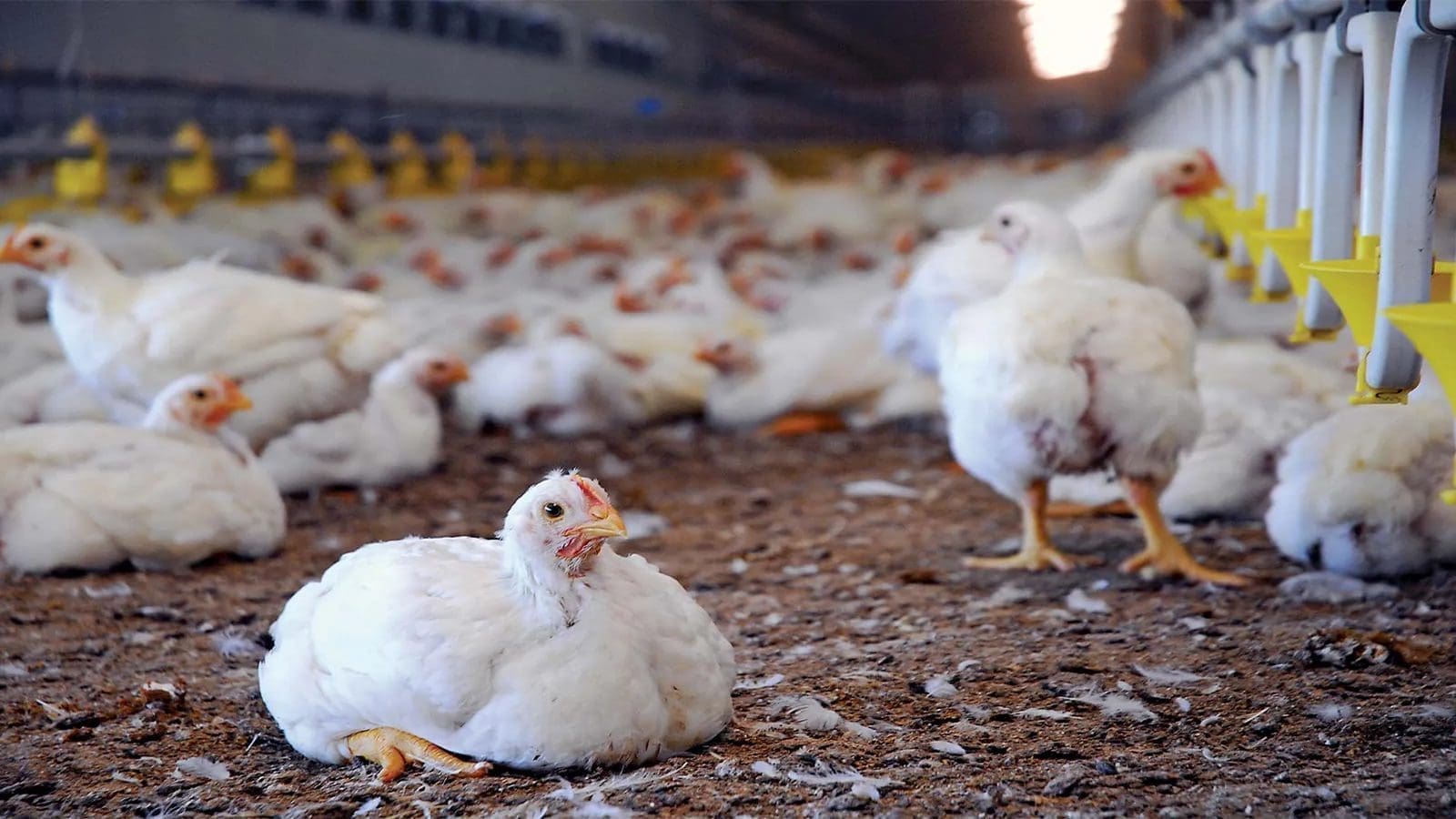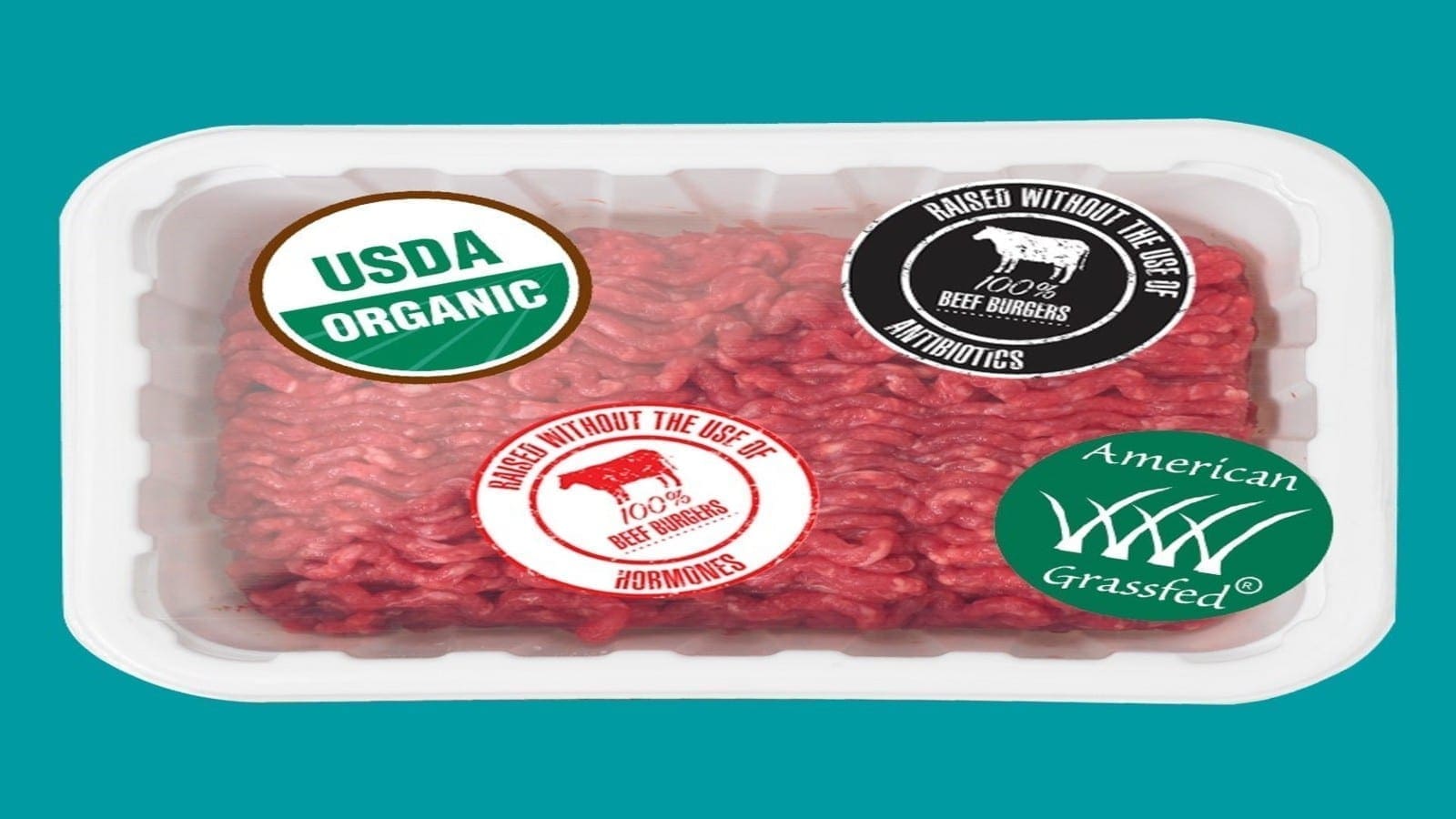U.S – Researchers at the University of Minnesota College of Veterinary Medicine have come up with a new method of analyzing avian pathogenic Escherichia coli (APEC) that can aid producers in identifying these dangerous strains sooner and hence prevent their spread through vaccination and other measures.
In poultry, APEC can lead to colibacillosis, one of the most pervasive and financially crippling bacterial infections that can be detected in poultry worldwide. It costs the U.S. poultry industry millions of dollars every year.
The illness results in poor growth, decreased appetite, respiratory distress, and even mortality.
The risk of contracting APEC from a turkey or chicken varies according to the strain—some are higher risk than others. Scientists have been trying to figure out what genetic characteristics make an APEC strain high-risk ever since they realized that some strains of APEC are more likely to make birds sick than others.
Their research builds on a previous study the group conducted that was released in late 2022 and focused on redefining the classification of APEC. In the 2022 study, they improved their understanding of these strains’ genetic makeup and redefined how they are classified as high-risk or low-risk by using genomic analysis.
Their innovative method gives researchers a useful tool to pinpoint the most dangerous APEC strains and to distinguish them from the enormous populations of E. coli that are present in every bird. It focuses on a particular genetic component known as the “APEC plasmid” that is frequently connected to severe disease.
By testing it on various populations of E. coli from both hens and turkeys, the more recent study developed a unique technique for identifying the high-risk varieties of APEC. The scientists discovered that the APEC in ill broiler chickens and sick turkeys belonged to separate genetic lineages.
Almost all of the APEC discovered in sick birds was high-risk, whereas only approximately half of the APEC discovered in healthy birds was high-risk, according to the research.
The study was led by Dr. Tim Johnson, a Professor in the Department of Veterinary and Biomedical Sciences at the University of Minnesota College of Veterinary Medicine.
“Poultry producers are struggling with bacterial diseases like E. coli, especially in this new era where raising birds in antibiotic-free conditions is becoming a consumer demand.
“Our genomics-based approach not only helps producers quickly identify and mitigate problematic APEC on the farm, but it also paves the way for understanding and dealing with other emerging bacterial disease issues in poultry production,” he says.
The fact that there are hundreds of different APEC strains circulating in chickens and that these populations are constantly developing and changing, is a limitation of this research, according to Johnson.
As a result, academics will need to adapt their strategy to the current APEC landscape. However, the strategy used by the research team builds the foundation on the use of high-throughput genomics for quickly identifying and implementing the required modifications.
For all the latest food safety news from Africa and the World, subscribe to our NEWSLETTER, follow us on Twitter and LinkedIn, like us on Facebook and subscribe to our YouTube channel.








